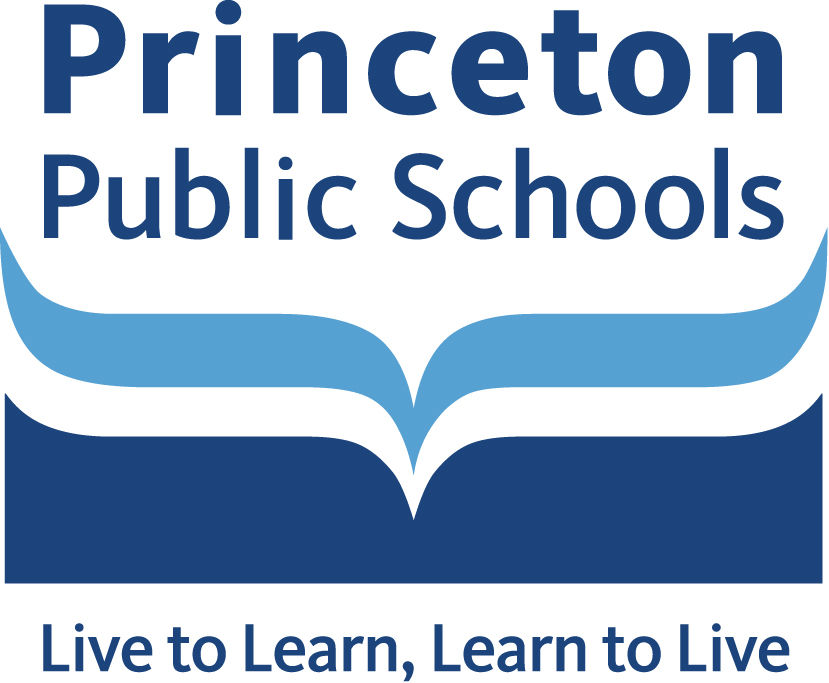By Erica Chayes Wida
Princeton Public Schools is in firm opposition to Princeton Charter School’s request for expansion, as issue made clear at the last Board of Education meeting of 2016, which is a typically sleepy event that usually consists mostly of paying tribute to board members stepping down in the New Year.
Instead, the room at Valley Road was teeming with parents who had come to listen to the board as news of Princeton Charter School’s plans for expansion spread through town at the start of the month. The dominating energy seemed to spring primarily from worry and the necessity to stay informed.
The board remained composed and both President Andrea Spalla, who’d hoped to “ride into the sunset” at her last meeting, and Superintendent Steve Cochrane spoke strongly on the topic of the charter school.
On Dec. 1, the PCS board of trustees petitioned the state Department of Education to implement a weighted lottery that would give a two-to-one advantage for students who qualify for free and reduced lunch. This effort to increase access and equity was coupled with a request to expand grades K-2 from one class of 19, 21 and 22 students, respectively, to two.
Head of Princeton Charter School Larry Patton and Board of Trustees President Paul Josephson emphasized in an interview last week that their decision had been made as a way to better diversify Princeton Charter as well as take the load from Princeton Public School’s problem of overpopulation – which Mr. Cochrane announced in August after projected numbers of new students, particularly at the elementary level, was much higher than expected.
Mr. Cochrane and Ms. Spalla disagreed and voiced how the expansion poses an outright threat to the well being of Princeton Public Schools. They also said they were blindsided by the proposal as Princeton Charter gave them notification of their petition on Nov. 29.
Mr. Cochrane made four points: that this affects all children in Princeton, whether they attend PPS or PCS, that the schools’ relationships are intertwined, and that he hopes to move forward with civil discourse; that he is a staunch opponent of the proposal not out of “ill will” but for the resources that will be compromised should more funding need to be allocated to PCS; that the expansion will do nothing to ameliorate the enrollment “crunch,” despite the charter school’s hope to do so; and that he is optimistic for meaningful dialogue and to combine the resources of both school systems, perhaps by coming under the same umbrella.
To clarify the impact on school funding the expansion may have and to objectively demonstrate the differences between Princeton Charter School and Princeton Public schools, a local expert, Julia Sass Rubin, conducted research and presented it to the group of eager-to-learn board members and parents.
Ms. Sass Rubin is an associate professor at the Edward J. Bloustein School of Planning and Public Policy at Rutgers University and a visiting associate professor of Public Affairs at the Woodrow Wilson School of Public and International Affairs at Princeton University. Her research examines the intersection of education policy, community development and social justice. Last fall, she authored a report on New Jersey Charter School funding and two years ago, she co-authored a report on New Jersey Charter School demographics. Ms. Sass Rubin earned her PhD in Organizational Behavior and Master’s Degree in Sociology from Harvard University, an MBA with Distinction from Harvard Business School, and a BA with honors from Harvard-Radcliffe College.
Ms. Sass Rubin began by illustrating the demographics at both schools, beginning with enrollment of low income, ESL and special education students.
Low income students as dictated by Free and Reduced Lunch: 11.4 percent at PPS and 1.4 percent at PCS.
English language learners: 4.4 percent at PPS and zero percent at PCS.
Special Education students: 13.3 percent at PPS and 2.6 percent at PCS.
Ms. Sass Rubin also outlined the schools’ operating budgets for the 2015-2016 school year categorically, including instruction, student and instruction related services, administrative services, plant operation and maintenance, employee benefits, employee retirement contributions, capital outlay, debt service, and transportation (PPS pays for Princeton Charter’s eight buses and most parents are responsible for bringing students to and from school school, so their transportation budget is minimal). The total operating budget for PPS was $94,590,046 and $6,055,580 for PCS.
Once Ms. Sass Rubin broke down the data to exclude costs that PPS incurred but not PCS – including, charter school payment, tuition to other districts and private schools, state and federal private school pass through, special education instruction and special education support services. She also removed transportation cost from the PCS budget total. The schools’ comparable expenses totaled $72,709,555 for PPS and $6,043,622 for PCS. PPS paid $4,907,407 to the charter school in 2015-2016.
The data also clarified the per pupil expenses, which had been debated and disagreed upon by both PPS and PCS. Ms. Sass Rubin explained the state formula for which per pupil expenses are calculated, which assigns greater weight to students at the high school and vocational levels, for students with free and reduced lunch, and for students with limited English proficiency. PPS’s 3,580 students increased to 4,079 with weighted enrollment and PCS’s 346 students increased to 355 students.
Once the comparable expenses were divided by weighted enrollment numbers, the most up-to-date data for weighted per pupil expenses measured nearly the same amount: $17,826 at PPS to $17,057 at PCS.
To analyze what to do under a short period of time, Ms. Spalla announced that as one of her last orders of business, she’d create an Ad Hoc committee to the board, as deemed lawful by Board of Education bylaws. The committee will work to address Princeton Charter’s proposal and come up with ideas moving forward. It will consist of four to eight community members, plus four board members.
Ms. Sass Rubin’s data is publicly available as of Thursday, Dec. 15 by way of video and PowerPoint on the Princeton Public School’s homepage.

